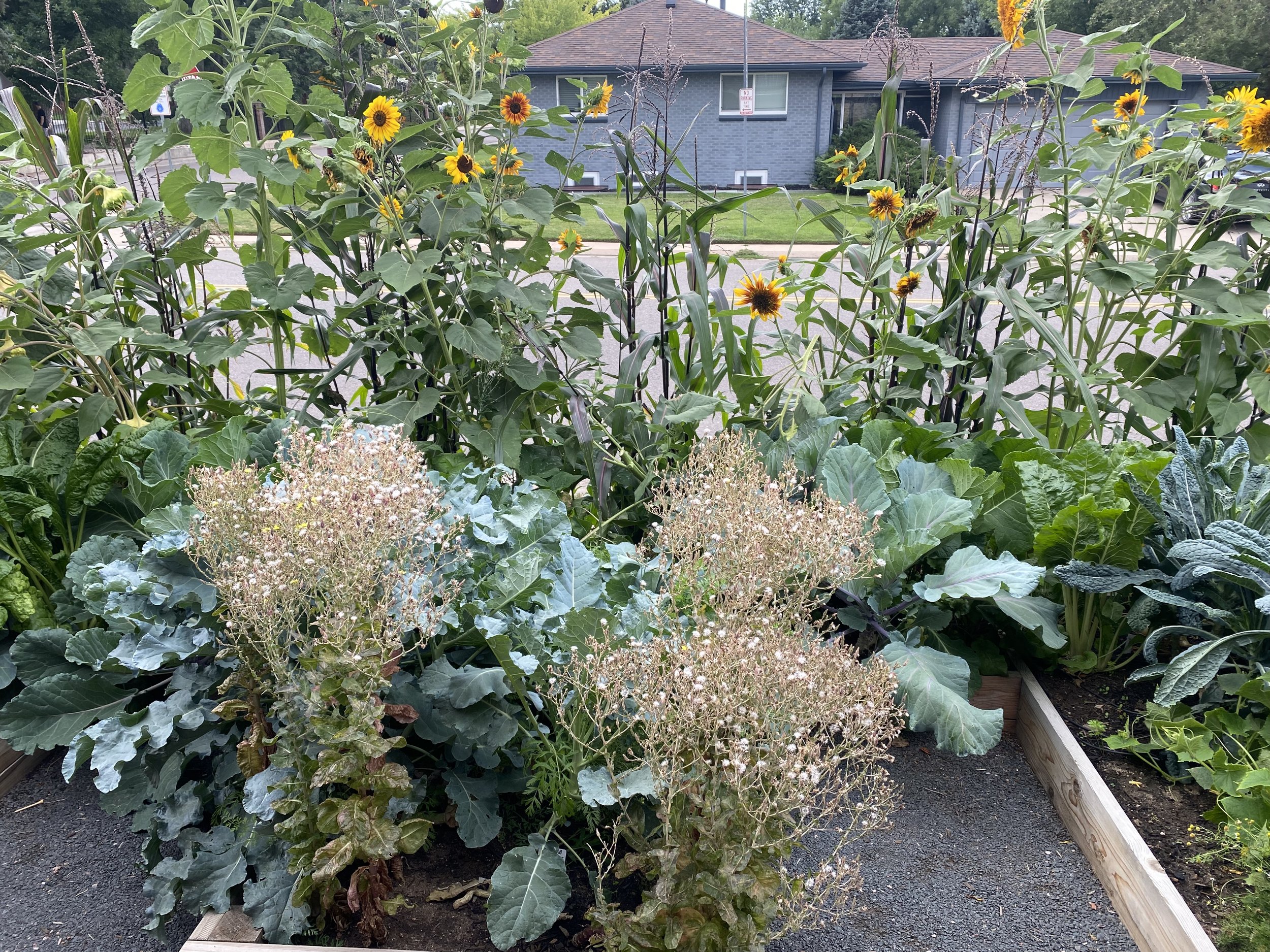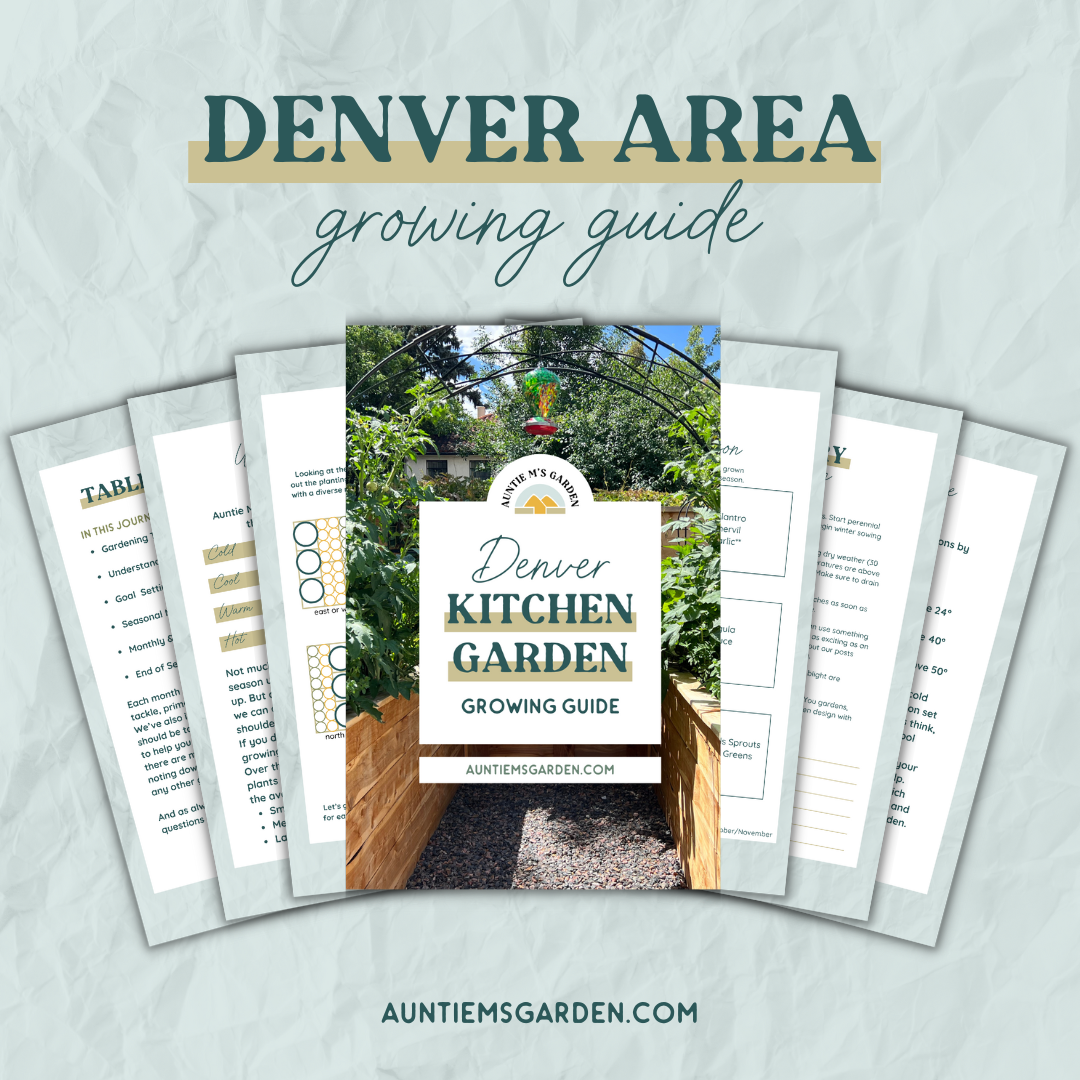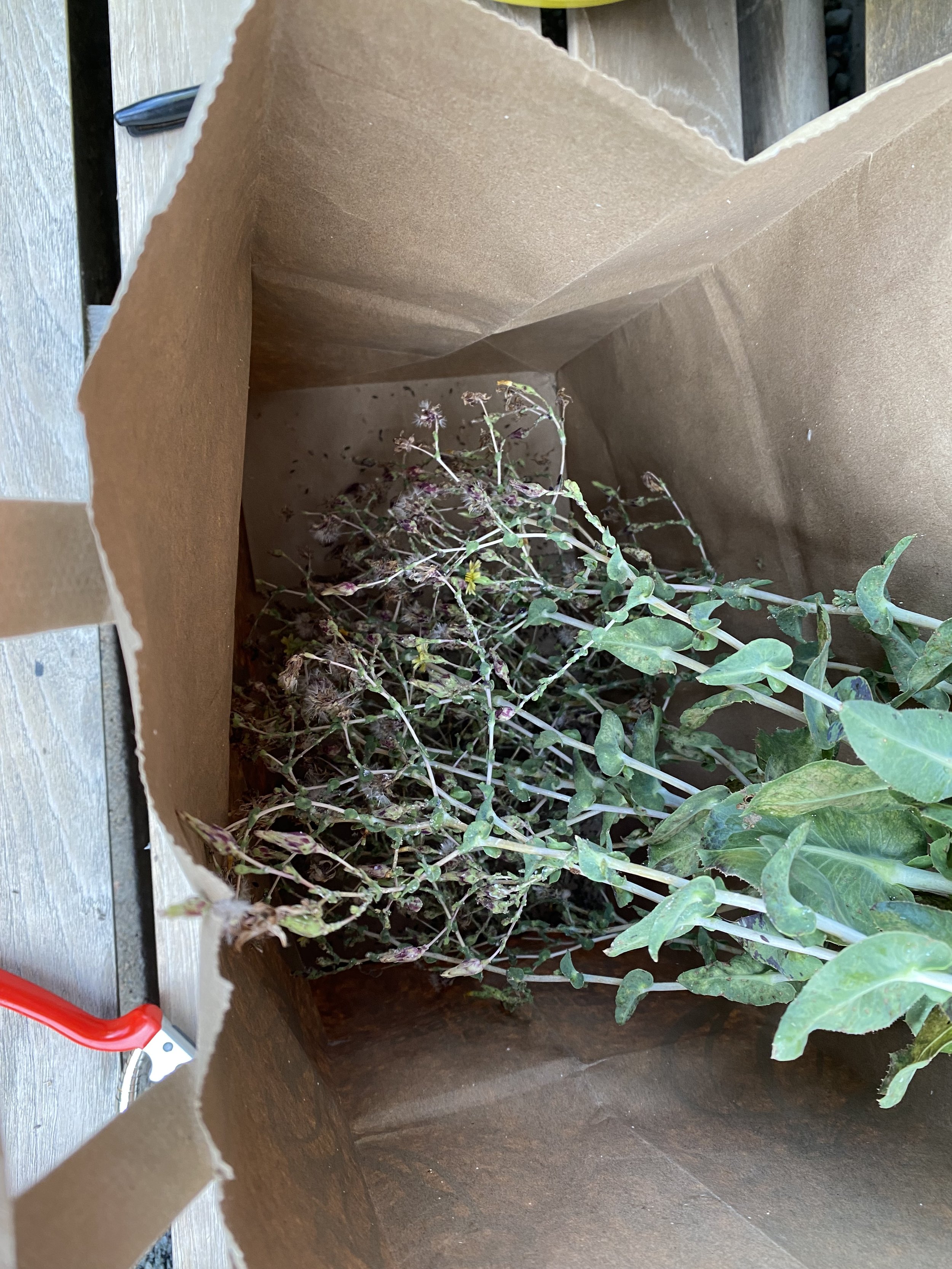Seed Saving Techniques for Denver Backyard Gardeners
Saving seeds from your garden is one of the most rewarding ways to preserve your favorite varieties, save money, and promote sustainability. For Denver backyard gardeners, seed saving is especially valuable—plants that thrive in Colorado’s unique climate can produce seeds that are better adapted to flourish year after year.
In this guide, we’ll walk you through seed-saving techniques tailored to Denver’s challenging weather and growing conditions so you can build a resilient, self-sustaining garden season after season.
Why Save Seeds in Denver?
Get our Denver Growing Guide now!
Climate Adaptation
Plants that have already thrived in Denver’s fluctuating weather will produce seeds naturally better suited to our environment.
Sustainability
Reduce reliance on store-bought seeds, cut down on packaging waste, and lower transportation emissions.
Cost-Effective Gardening
Keep your favorite plant varieties growing year after year without the need to buy new seeds each season.
Seed Saving Basics for your Denver garden
Saving seeds isn’t just about collecting them—it’s about setting your future garden up for success. Whether you’re preserving your favorite tomato variety or ensuring your greens thrive year after year, understanding the fundamentals of seed saving is key.
Before you start, here are a few essential principles to keep in mind to maximize germination rates and maintain plant quality in your Denver backyard garden.
1. Choose the Right Plants
opt for Open-Pollinated Varieties
Open-pollinated (heirloom) plants produce seeds that will grow “true to type,” meaning they’ll closely resemble the parent plant. Avoid hybrid varieties, as their seeds often produce unpredictable results.
Start with Healthy Plants
Always save seeds from the strongest, healthiest plants to ensure a successful next generation.
2. Timing is Everything
Allow seeds to fully mature on the plant
Many vegetables require overripening or drying on the plant before harvesting.
Harvest before Denver’s first frost
Frost can damage seeds, so collect them before temperatures dip too low.
Seed Saving Techniques by Plant Type
Not all seeds are created equal! Different plants require different approaches when it comes to collecting, storing, and ensuring viable seeds for next season. Some plants, like tomatoes, need a little extra fermentation magic, while others, like beans, are as simple as drying and storing.
Let’s break down specific seed-saving techniques for different plant types, so you can confidently harvest and store seeds from your favorite garden crops—whether they’re veggies, herbs, or flowers.
🍅 Tomatoes (Fermentation Method)
Scoop seeds from ripe tomatoes into a jar with a little water.
Let the mixture sit for 3-4 days until a layer of mold forms (this breaks down the gelatinous seed coating that inhibits germination).
Rinse seeds thoroughly and dry on a plate or paper towel.
💡 Pro tip: For truest results, separate different tomato varieties by 10-50 feet.
🌶️ Peppers
Allow peppers to fully ripen on the plant until they turn red, orange, or yellow.
Remove seeds and spread them out to dry for a week.
Store in a cool, dry place.
💡 Pro tip: Separate pepper varieties by 50 feet for accuracy. Sweet and hot peppers need closer to 100 feet! (Fun fact: Heat is a dominant trait in peppers!)
🫛 Beans & Peas
Let pods dry completely on the plant until they turn brown and brittle.
Shell seeds and let them air-dry for a few more days to prevent mold.
💡 Fun fact: Beans and peas are self-pollinating, so cross-pollination is rare!
🥬 Greens (Lettuce, Broccoli, Kale)
Allow plants to bolt (flower and go to seed).
Let seed heads dry on the plant, then shake them into a container to collect seeds.
Use a sieve or colander to separate seeds from debris.
💡 Pro tip: Save seeds from the last plants to bolt—this improves heat tolerance in future generations!
🥕 Root Vegetables (Carrots, Beets)
These are biennial plants, meaning they need two growing seasons to produce seeds.
Leave the strongest plants in the ground over winter (or dig and store roots, replanting them in spring).
In the second year, the plants will flower and produce seeds.
Collect seeds from dried flower heads.
💡 Pro tip: Carrots can cross with Queen Anne’s Lace, fennel, dill, and parsley—keep them at least 150 feet apart to maintain pure seeds.
🌿 Herbs (Basil, Cilantro, Dill, etc.)
Allow herbs to flower and set seed.
Harvest seed heads when they turn brown and dry.
Shake seeds into a container and remove any plant debris.
Read Next: Zero Waste Garden: Practical Tips for Sustainable Gardening in Denver, Colorado
Storing Your Saved Seeds in colorado
Once you've harvested and dried your seeds, proper storage is key to ensuring they remain viable for next season’s planting. Seeds might seem tough, but they’re actually living embryos, and their longevity depends on how well you protect them from moisture, temperature swings, and light exposure.
Storing seeds the right way means you'll have strong, healthy plants next season—without having to repurchase seeds every year. Plus, by keeping your seeds organized and labeled, you’ll save yourself the frustration of trying to remember which tomato variety was your favorite or which lettuce thrived in your Denver backyard.
Let’s go over the best practices for storing seeds, including ideal conditions, labeling tips, and how to test for viability before planting.
Pro Tip for Denver:
Seeds dry faster in our arid climate. Keep them in a shaded, well-ventilated area to avoid overheating.
Keep Cool and Dry:
Store seeds in airtight containers in a cool, dark place. Avoid locations that experience temperature swings, such as garages or sheds.
Label Everything:
Include the plant variety, harvest date, and any notable characteristics.
Use Silica Gel Packs:
To combat Denver’s occasional humidity spikes, include a silica gel packet in your storage container.
Common Challenges for Denver Seed Savers
Short Growing Season
Choose fast-maturing varieties to ensure seeds develop before frost.
Pests
Protect seed heads from birds and insects by covering them with mesh or organza bags.
Cross-Pollination
Some plants, like squash, cucumbers, and melons, can cross-pollinate. If you’re saving seeds, grow only one variety or separate them by 800+ feet.
Need Help with your Denver garden?
At Auntie M’s Garden, we believe in empowering Denver gardeners with the knowledge and tools to grow successfully. By saving seeds, you’re not just creating a more resilient garden—you’re preserving a piece of your gardening journey.
🌱 Want to dive deeper into expert gardening techniques tailored to Denver’s climate?
Check out our Denver Growing Guide for in-depth advice, planting tips, and planning strategies!
🌱 Ready for 1:1 help with your Denver backyard garden?
We offer consultations, custom garden and landscape designs, and maintenance packages. Sign up for a consultation today to start working with us!
Seed saving is a time-honored tradition that connects gardeners to their plants in a deeply personal way. With a little patience and planning, you can build a seed bank uniquely adapted to Denver’s climate—ensuring stronger, healthier gardens for years to come.
Have questions or want to share your gardening success stories?
Drop a comment below, or reach out through our Contact Page!
Check out our free resources or services!
Save this Blog on Pinterest!
**This post may contain affiliate links, which means I earn a small profit if you click on the link to make a purchase. Other links are not sponsored, because I also like supporting small, local businesses.**
Meet the Gardener
I’m Elisa Mack - a mom and Denverite who went from being a green-ish thumb to a kitchen garden fanatic simply by dedicating myself to the study of all things Colorado gardening.
Landscapers don’t design. And nurseries don’t make house calls.
We take a more full-service approach, from designing your dream garden to keeping it beautiful year-round.
And as your coach, I’ll help eliminate the guesswork through every season, no matter your level of knowledge.














